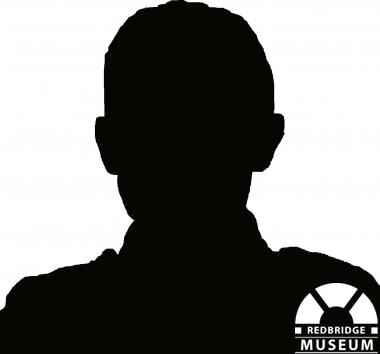
Howard Charles Brufton was born in 1895 in Forest Gate to ship broker Harry and his wife, Katie. In 1911, the Brufton family lived at ‘Croftdown’, 7 Hermon Hill, Wanstead, with one servant. Howard was the second youngest of four children. In 1911, Howard was at school while his older brother, Leslie, was a shipping clerk and his oldest sibling, Nora, still lived at home.
The three brothers enlisted in the army during the course of the war. The eldest brother, Leslie, joined the 5th City of London Rifles Foreign Service. He survived the war, but died ten years later, aged 31 years old.
Howard volunteered as a Rifleman with the 5th (City of London) Battalion (London Rifle Brigade) in September 1915 and later the 8th Battalion. By 1917, he had been promoted to Second Lieutenant in the 20th Battalion, the Rifle Brigade, attached to the Royal Flying Corps.
Although the 20th Rifle Brigade was stationed in Egypt on guard duty, Howard appears to have been sent to Salonika in Greece where he was killed on active service on 8th July 1917. Here, the British were part of an Allied force fighting the Bulgarians. Howard is buried in Sarigol Military Cemetery in Kristoni, Central Macedonia, Greece.
His father, Harry Downing Brufton, outlived all his sons, dying in 1937, leaving his estate to his remaining child, Nora, and her husband.
Research by Redbridge Museum
Sources:
Commonwealth War Graves Commission
Ancestry.com
Further research by Seth Spiers
The Royal Air Force Museum website show that he was serving as a 2nd Lt in 47 Squadron RFC. He joined the RFC in January 1917 and I believe graduated in April 1917 and was posted to 47 Sq in Salonika. The official history does not mention his death which is a little surprising given there weren't that many casualties on that front, but it does mention a summer of bombing activity on various military targets. It is likely he was on one of these missions when he was shot down and killed. At the time he was solo flying a DH4 which probably means he was flying without an observer to increase the bomb load.
Sources:
